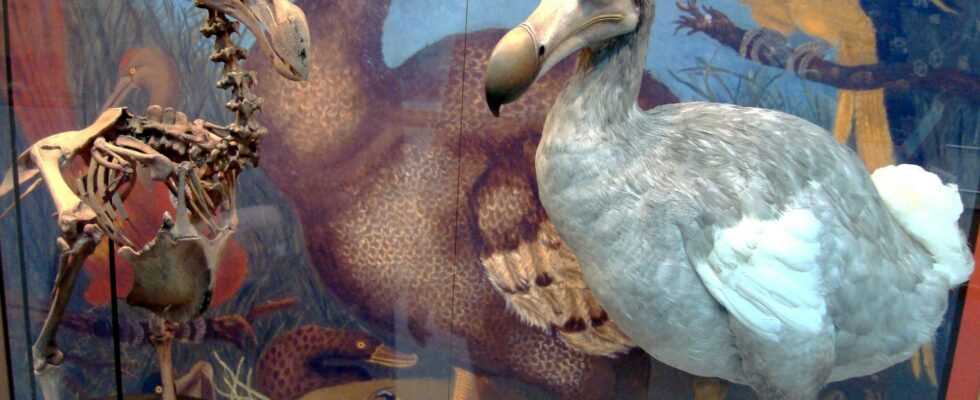A species can experience “societal extinction” even before its biological extinction. This is an important bias in our perception of the environment.
The planet has already experienced five mass extinctions, an expression which designates the massive and sudden disappearance of a majority of species. A sixth extinction is underway and, this time, it is caused by human activities – more than 2,000 species are threatened in France. A species is considered extinct when the last individual dies, and it is therefore no longer possible to envisage any reproduction. No more representative of the species then exists.
But the species may go extinct a second time, according to research published on February 15, 2022 in Trends & Ecology Evolution. This second extinction is not biological, but societal.
Silent disappearance
Societal extinction quite simply corresponds to the disappearance of the species from collective memory: it no longer appears in the ecological attention paid to it, neither in culture nor in discourse. This phenomenon is independent of biological disappearance, which means that it can happen even before the endangered species has really been wiped off the map.
” Societal extinction occurs not only in extinct species, but also in species that still live among us, often due to social or cultural changes, for example urbanization or digitalization of society, which can radically alter our relationship with nature and lead to a collective loss of memory “, explains Diogo Verissimo, zoologist at the University of Oxford and co-author of the study.
It can also result in a distortion of what the species was. This then remains present in the collective imagination, even gaining in popularity. But moving away from reality: Our awareness and memory of these species gradually transforms and often becomes inaccurate, stylized or simplified, and dissociated from the actual species. »
But the phenomenon of societal extinction also shows that we focus our attention only selectively on species, depending on biases of perception and knowledge about the species that deserve our interest. In this, it is a question of not only being interested in “cute” species, for example. “ It is important to note that the majority of species cannot become socially extinct, simply because they never had a societal presence to begin with. “, details Ivan Jaric, an author of the study. This is obviously the case for species that have not yet been discovered: for example, we still have some 9,000 trees to identify.
But this observation also applies to species already known, which are subjectively considered as ” not charismatic “, but also those which are ” small, cryptic, or inaccessible, especially in invertebrates, plants, fungi, and microorganisms, many of which are not yet formally described by scientists or known to mankind “. Ivan Jaric warns: the decline and extinction of these species absent from our collective consciousness “ remain silent and invisible to people and societies “.
For the team behind this research paper, it is necessary that societal extinction be integrated into ecological conservation efforts. As a kind of bias to take into account, and which directly affects biodiversity conservation measures. Societal extinctions can lower our expectations of the environment and our perceptions of its natural state, relative to what we consider the norm or good health of the ecosystem.
A typical example is to be found in “rewilding” policies, which consist of reintroducing species into their natural environment. What if species are no longer present in our memory as a natural part of the ecosystem? This risk can hinder decision-making as well as its acceptance.

